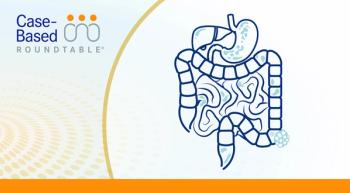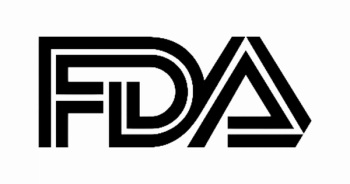
Girard Shares Early COCOON Data of Amivantamab/Lazertinib in EGFR+ NSCLC
Nicolas Girard, MD, PhD, discusses data from the COCOON trial for patients with EGFR-mutant advanced non–small cell lung cancer.
Nicolas Girard, MD, PhD, a thoracic oncologist at the Institut Curie in Paris, France, discusses data from the COCOON trial (NCT06120140) presented at the 2025 European Lung Cancer Congress (ELCC), focusing on reducing moderate-to-severe dermatologic adverse events in patients with EGFR-mutant advanced non–small cell lung cancer treated with amivantamab-vmjw (Rybrevant) plus lazertinib (Leclaza).
Transcription:
0:10 | Amivantamab plus lazertinib is associated with higher incidence of [adverse events], especially dermatological [adverse events], as compared with osimertinib. During the meeting, I presented the results of the COCOON trial. COCOON aimed to assess whether a prophylactic dermatologic regimen could prevent and reduce the incidence of grade 2 or higher dermatologic adverse events using prophylactic agents that are widely available and easy to use. So, the COCOON regimen is doxycycline, clindamycin lotion on the scalp, chlorhexidine on the nails, and a ceramide-based moisturizer on the body and face.
0:57 | COCOON randomized patients with treatment-naive, EGFR-mutant non–small cell lung cancer to receive the MARIPOSA regimen, either with prophylactic dermatologic management or standard of care, which was often restricted to reactive treatment after toxicity occurred. At the first interim analysis of COCOON, the trial met its primary end point, and we have a two-fold reduction in the incidence of grade 2 or higher dermatologic adverse events from 77% of the patients with standard of care to 39% of the patients with the COCOON regimen. So it is clearly changing the way the patients are living with these amivantamab plus lazertinib combinations.
1:53 | We see that dose interruption, dose reduction, and discontinuation of amivantamab or lazertinib were lower with the COCOON regimen as compared with standard of care, so it clearly is significantly prolonging the overall survival of patients. We expect more patients to receive this combination, but we need to implement these easy to use prophylactic measures to mitigate the [adverse events]. This includes a COCOON regimen for the dermatological adverse events, but also prevention of infusion-related reactions with dexamethasone 3 days before the first injection of amivantamab.
2:42 | Also, this includes VTE prophylaxis because of a higher risk of VTE in those patients in COCOON. The VTE incidence during the first 12 weeks was low 6% when the prophylactic anticoagulation was used, so now we know how to manage the [adverse events] effects of amivantamab. We have an overall survival benefit, so this measure should readily be implemented to improve the patient experience.








































